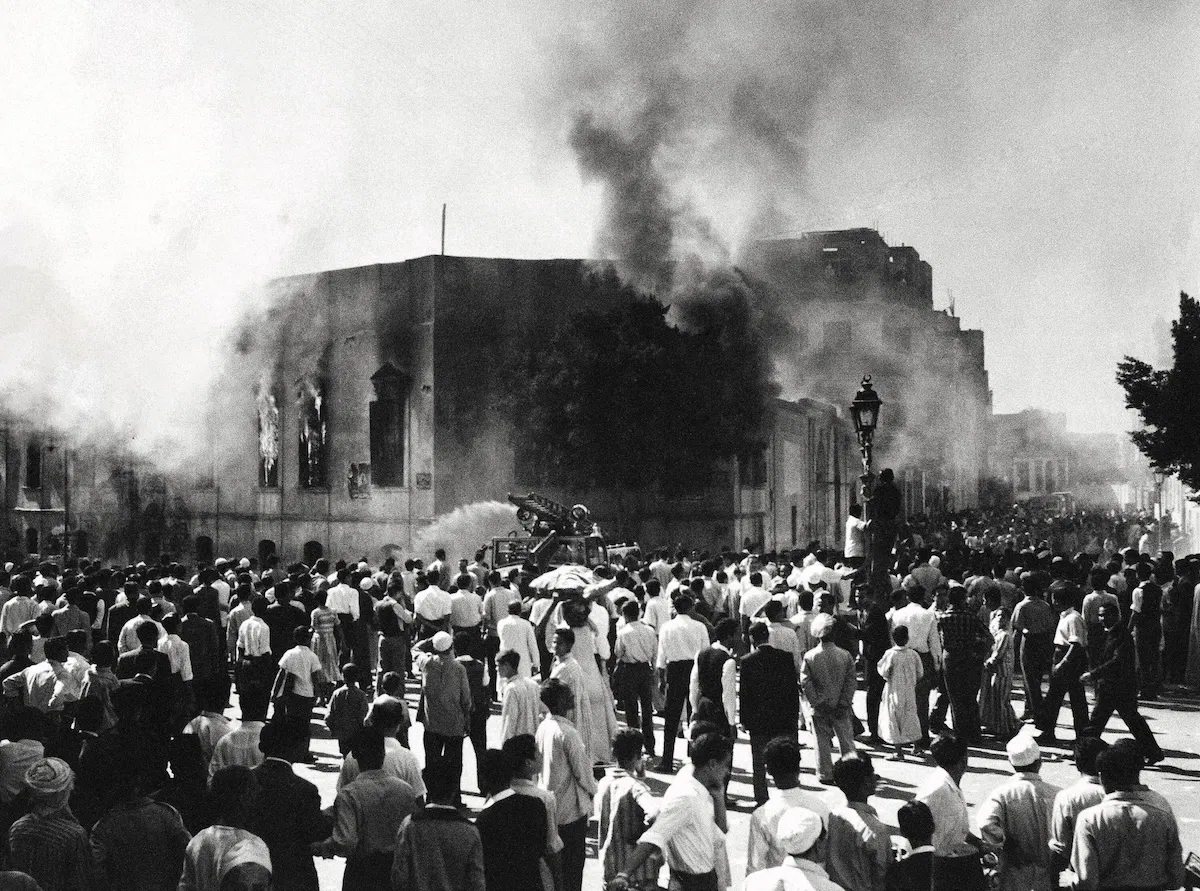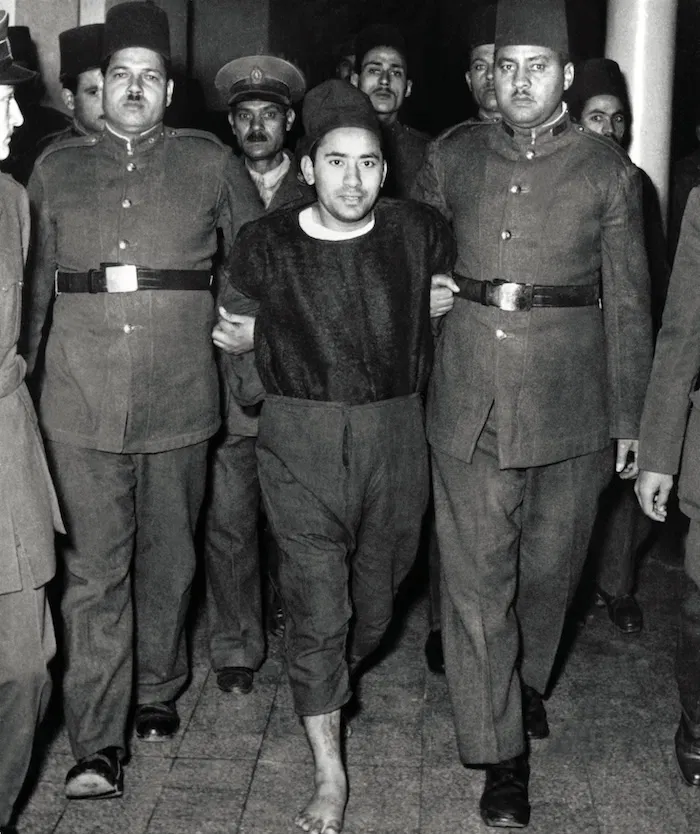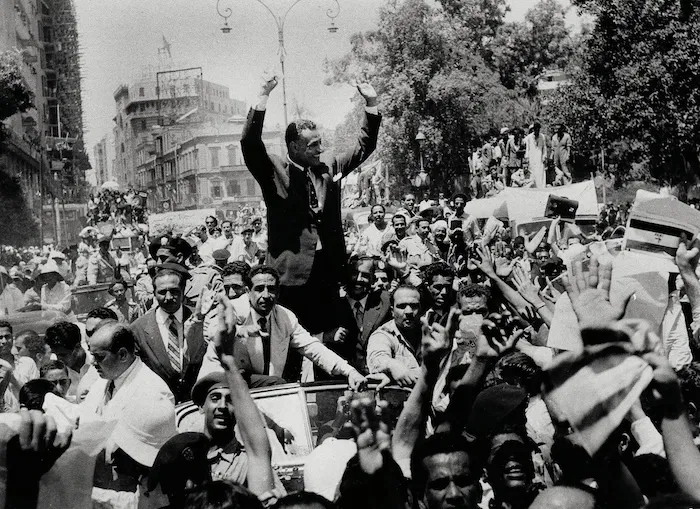“Nasser, Suez, and the Muslim Brotherhood: Power, Politics, and the Struggle for Modern Egypt”

Introduction: A Nation at a Crossroads
The mid-20th century was a defining moment in the history of modern Egypt. It was a period marked by colonial resistance, Arab nationalism, and the clash of political ideologies. At the heart of this era stood Gamal Abdel Nasser, the charismatic leader whose vision of a modern, independent Egypt collided with both Western imperial interests and domestic opposition, particularly from the Muslim Brotherhood.
The Suez Crisis of 1956, alongside Nasser’s conflict with the Brotherhood, shaped not only Egypt’s future but also the wider Middle East, signaling the end of European colonial dominance and the rise of Arab nationalism as a force on the global stage.
1. Egypt Before Nasser: Colonial Legacy and Rising Discontent
For decades, Egypt had been under heavy British influence, despite nominal independence in 1922. By the 1940s:
- King Farouk’s monarchy was widely seen as corrupt and subservient to foreign powers.
- Economic inequality and British control of the Suez Canal, a lifeline of global trade, fueled nationalist resentment.
- The Muslim Brotherhood, founded in 1928 by Hassan al-Banna, emerged as a religious-political movement calling for a return to Islamic governance, social reform, and opposition to Western imperialism.
By the early 1950s, these tensions set the stage for revolutionary change.
2. The Free Officers and the Rise of Nasser
In July 1952, the Free Officers Movement, a group of young nationalist military officers, overthrew King Farouk in a bloodless coup. Among them was Gamal Abdel Nasser, a 34-year-old colonel who quickly rose to prominence.
- Initially, General Muhammad Naguib served as the figurehead of the new regime, but by 1954, Nasser had taken full control as Prime Minister and later President.
- Nasser’s vision was rooted in Arab nationalism, anti-colonialism, and modernization—he wanted to free Egypt from foreign dominance while modernizing its economy, education, and military.
3. Nasser vs. The Muslim Brotherhood
Though the Brotherhood supported the overthrow of the monarchy, its relationship with Nasser’s secular nationalist government quickly soured:
- The Brotherhood demanded that Egypt adopt Islamic law, while Nasser sought a secular socialist model of governance.
- In October 1954, an assassination attempt on Nasser—blamed on the Brotherhood—led to a brutal crackdown:
- Thousands of Brotherhood members were arrested.
- Its leadership was imprisoned or executed, with Sayyid Qutb later becoming the movement’s most influential ideologue during his incarceration.
This conflict marked a historic rift between Arab nationalism and political Islam that continues to influence Middle Eastern politics.

4. The Suez Crisis: A Turning Point for Egypt
The defining moment of Nasser’s leadership came in 1956. Facing Western resistance to his policies and attempts to secure funding for the Aswan High Dam, Nasser made a bold move: he nationalized the Suez Canal on July 26, 1956, declaring it Egypt’s property.
- The Suez Canal had been controlled by British and French interests since its completion in 1869.
- Nasser’s action was hailed across the Arab world as a symbol of anti-imperialism.
In response, Britain, France, and Israel launched a military invasion of Egypt in October 1956, aiming to retake the canal and overthrow Nasser. However:
- The United States and the Soviet Union, fearing escalation during the Cold War, pressured the invading forces to withdraw.
- By March 1957, Nasser emerged victorious, cementing his status as a hero of the Arab world and a leader of the Non-Aligned Movement.
5. Nasser’s Domestic Vision: Modernization and Arab Socialism
Following Suez, Nasser consolidated his power and embarked on sweeping reforms:
- Land reform broke up large estates, redistributing land to peasants.
- Nationalization of industries and banks gave the state control over Egypt’s economy.
- Massive infrastructure projects, particularly the Aswan High Dam, aimed to boost agriculture and electricity production.
- Education expanded, and women gained greater access to public life.
However, Nasser’s authoritarian rule also meant political suppression, particularly of opposition groups like the Brotherhood, whose ideology remained deeply influential despite state repression.
6. Nasser, Pan-Arabism, and Regional Influence
Nasser’s leadership extended beyond Egypt’s borders:
- He became the face of Pan-Arabism, calling for the unity of Arab nations against Western imperialism and Zionism.
- In 1958, Egypt and Syria briefly united as the United Arab Republic, though the union dissolved in 1961.
- Nasser was a founding leader of the Non-Aligned Movement (alongside India’s Nehru and Yugoslavia’s Tito), advocating for independence from both U.S. and Soviet spheres during the Cold War.
7. Legacy of the Nasser-Brotherhood Conflict
The hostility between Nasser and the Muslim Brotherhood shaped Egypt’s political landscape for decades:
- The Brotherhood went underground but survived, becoming more radical under thinkers like Sayyid Qutb, whose writings later influenced Islamist movements like Al-Qaeda.
- Nasser’s secular nationalist model continued under his successor, Anwar Sadat, though Sadat later sought reconciliation with the Brotherhood for political reasons.
8. The End of Nasser’s Era
Nasser remained a dominant figure until his death in 1970. Though his later years were marked by setbacks, such as Egypt’s defeat in the 1967 Six-Day War against Israel, his vision of a strong, independent Egypt left an enduring mark on Middle Eastern politics.

Conclusion: Power, Ideology, and the Making of Modern Egypt
The interplay of Nasser’s secular nationalism, the Suez Crisis, and the challenge of the Muslim Brotherhood defined mid-20th-century Egypt. Nasser’s triumph in Suez symbolized the decline of European imperialism, while his suppression of the Brotherhood set the stage for the ongoing struggle between secular and religious visions of governance in the region.
Today, the legacies of these conflicts continue to shape Egyptian politics and Arab identity, proving that the era of Nasser, Suez, and the Muslim Brotherhood was not just a historical turning point—but a blueprint for the challenges of the modern Middle East.




